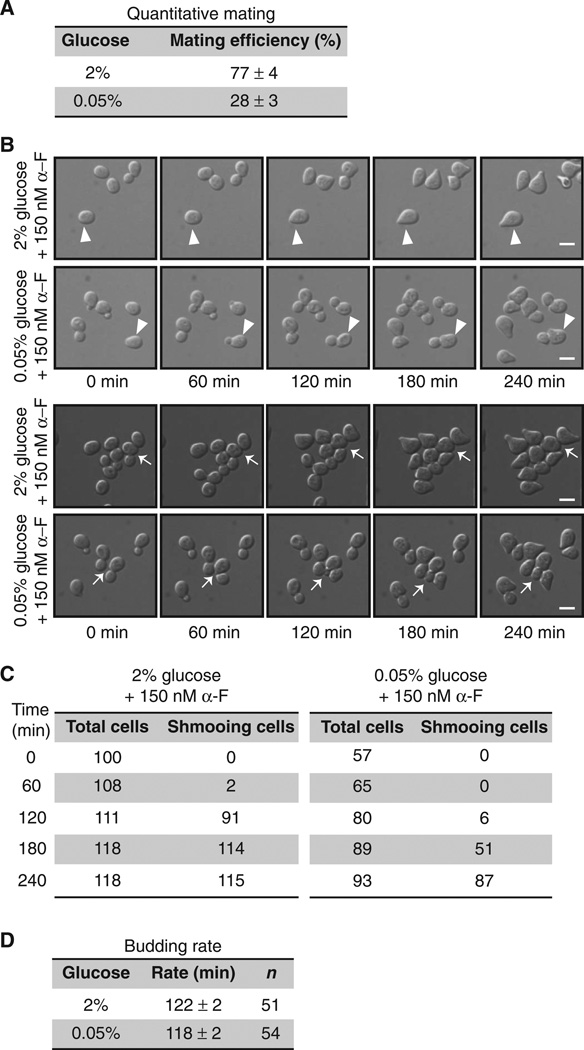Fig. 5. Shmoo formation and mating are impaired under conditions of limited glucose availability.
(A) Mating efficiency assay. Separate cultures of WT mating-type a cells (BY4741) and WT mating-type α cells (BY4742) were grown in medium containing 2% glucose. Cells (1 × 107) from each culture were mixed, filtered onto a nitrocellulose membrane, and incubated on a YPD plate containing either 2 or 0.05% glucose for 4 hours. Data are means ± SEM from three independent experiments. (B) WT cells treated for the indicated times with 150 nM α-F in synthetic complete dextrose (SCD) medium containing 2 or 0.05% glucose were visualized by differential interference contrast microscopy in a microfluidic chamber. The appearance of shmoo projections was monitored after the addition of α-F. Top two rows: Arrowheads indicate cells in G1 phase at the beginning of α-F addition. Bottom two rows: Arrows indicate budding cells at the beginning of α-F addition. Scale bars, 5 µm. (C) Analysis of cell counts for the experiments shown in (A) and (B). (D) Budding rate was determined by measuring the average time for successive buds to emerge in WT cells in a microfluidic chamber in SCD medium containing 2 or 0.05% glucose.

